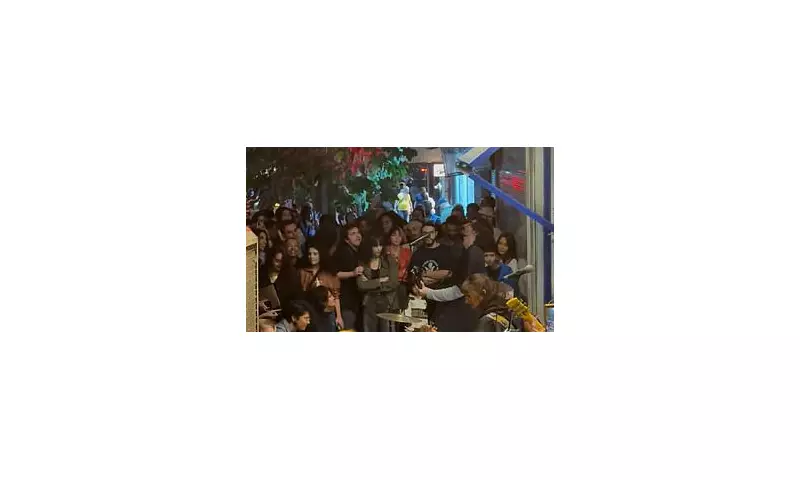
In a bold display of defiance, Iranian women are taking to the streets in unprecedented acts of protest against the country's strict compulsory hijab laws. The movement has seen women dancing unveiled in public spaces, marking a significant challenge to the regime's authority.
Street Parties and Public Defiance
The protests have evolved into what participants describe as "street parties," where women gather to remove their headscarves in coordinated acts of civil disobedience. These gatherings represent a growing wave of resistance against laws that have forced women to cover their hair since the 1979 Islamic Revolution.
Eyewitness accounts describe scenes of women singing, dancing, and waving their headscarves in the air as security forces maintain a visible presence. The demonstrations appear to be spreading across multiple cities, with participants using social media to coordinate and share their acts of defiance.
Regime Intensifies Crackdown on Female Artists
Meanwhile, the Iranian government has launched a fresh offensive against female singers and social media influencers. Several prominent artists have had their social media accounts suspended or removed entirely after being accused of "creating criminal content."
The regime's morality police have specifically targeted female vocalists, claiming their online presence violates Islamic principles. This represents an escalation in the ongoing suppression of women's artistic expression in the country.
Social Media Purge
Authorities have systematically targeted Instagram and other platforms where Iranian women had maintained some freedom of expression. Dozens of accounts belonging to female singers, dancers, and activists have been removed in what appears to be a coordinated digital crackdown.
Historical Context and Growing Resistance
The current wave of protests builds on momentum from the Women, Life, Freedom movement that gained international attention following the death of Mahsa Amini in morality police custody. Despite severe consequences including arrests, fines, and potential prison sentences, women continue to challenge the mandatory hijab laws.
International human rights organizations have documented numerous cases of women facing harsh penalties for removing their headscarves in public. Yet the resistance appears to be growing rather than diminishing, suggesting a fundamental shift in Iranian society's relationship with the decades-old law.
Global Reaction and Future Implications
The international community continues to monitor the situation closely, with human rights advocates calling for greater protection of Iranian women's rights. The persistent defiance despite increasing repression signals a potential turning point in the struggle for personal freedoms in Iran.
As both the street protests and the regime's crackdown intensify, observers wonder whether this movement represents the beginning of significant social change or will face the same fate as previous attempts to challenge the compulsory hijab laws.





